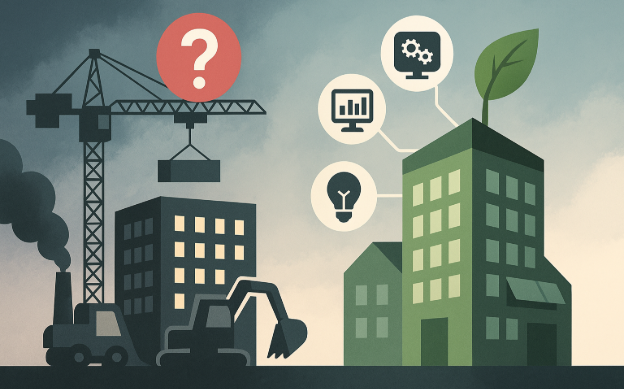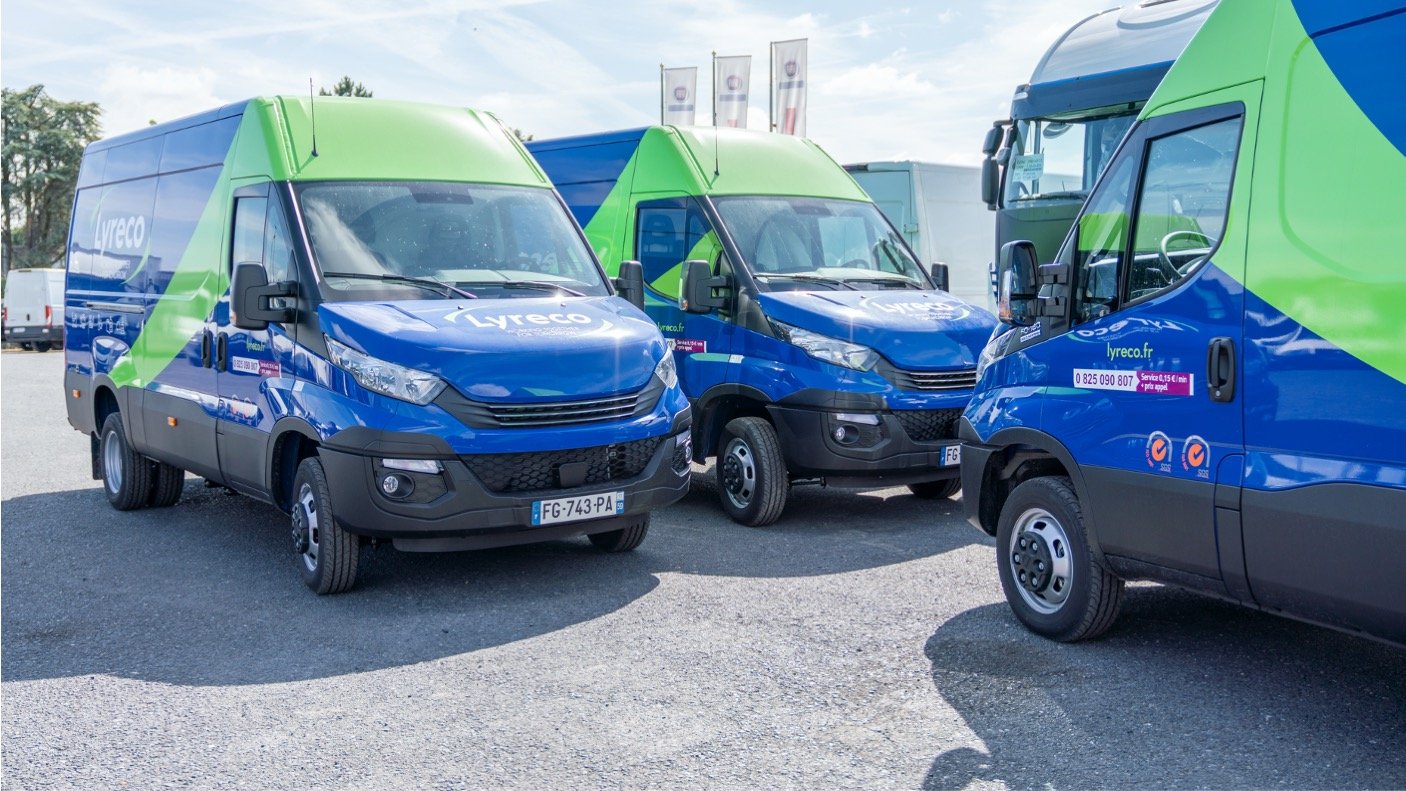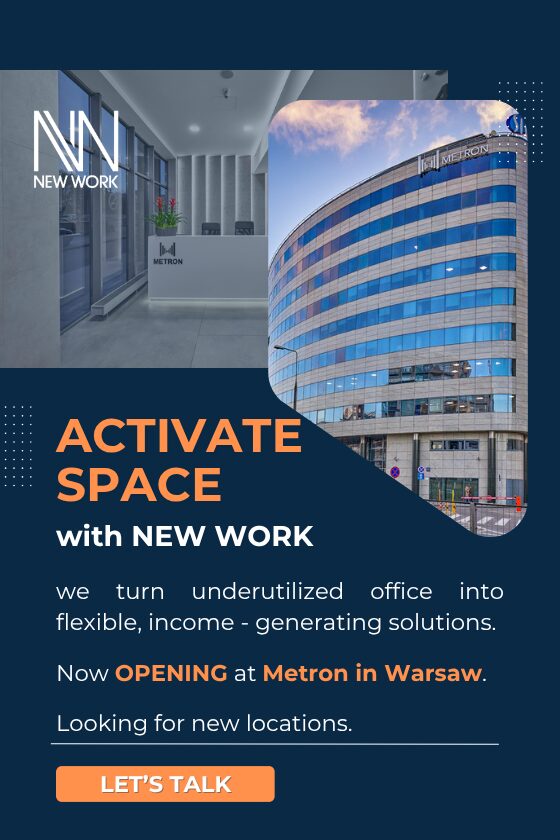Planned in Sickla, which is in the southern part of Stockholm, the city is planned to extend over 2,690,977 square feet. The project includes a variety of construction types and is expected to bring 7,000 new offices and 2,000 new housing units to the area, along with real estate options for stores and restaurants. The development will span 25 blocks and is estimated to be the largest community-built using mass timber upon its completion. “Stockholm Wood City manifests our future. From tenants, there is a strong demand for innovative, sustainable solutions—a demand that we meet with this initiative,” Ånäs added.
To revolutionize the future, designers and architects are increasingly looking to the past, and wood construction remains a prime example of this occurrence. Wood is generally considered more sustainable than steel and concrete, as timber construction emits fewer pollutants. Engineered timber—or man-made timber—can be fireproof as well, which is exceedingly important as forest fires increase in both severity and occurrence due to climate change. Atrium Ljungberg also claims that wood buildings can be better for personal health and that studies have shown they “provide better air quality, reduce stress, increase productivity, and store carbon dioxide throughout the time they are in use.”
Stockholm Wood City hopes to bring these benefits to a larger scale. Though wood construction is increasing, it has mostly been confined to singular structures or blocks. Beliefs that wood is outdated or even dangerous—thanks, in part, to disasters like the Great Chicago Fire—have slowed its use on a wide-scale level, despite efforts from organizations such as the New European Bauhaus to change this reputation. “Our industry leaves a big mark, and it is important for us to make a positive difference in both the shorter and longer term,” Ånäs said.
The world’s largest wooden city is also poised to make commuting easier and shorter, decreasing emissions from transportation. The website for the project describes Stockholm Wood City as a “five-minute city,” denoting that anywhere one would need to go—work, grocery stores, or school, for example—would only be a five-minute walk away. As Ånäs concluded, “We want to create an environment where our customers, those who will live and work here, can participate in the development and design of the city district of the future.”







